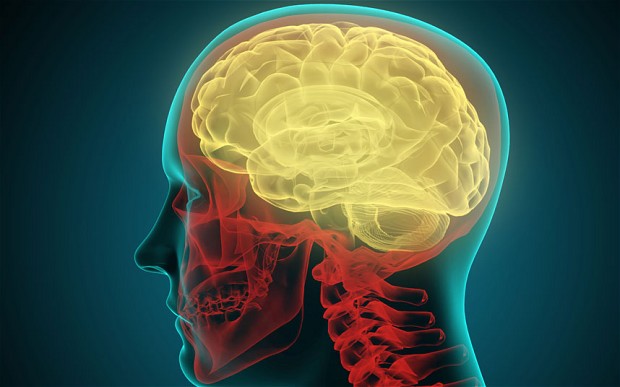Enzyme Replacement Therapy, BMN-250, Shows Promise as Treatment for Sanfilippo Type B, Study Finds

Investigational enzyme replacement therapy BMN-250 successfully delivers the NAGLU enzyme — present in low levels in Sanfilippo type B patients — to key cells of the brain using different cellular pathways, a study has found.
The study, “BMN 250, a fusion of lysosomal alpha-N-acetylglucosaminidase with IGF2, exhibits different patterns of cellular uptake into critical cell types of Sanfilippo syndrome B disease pathogenesis,” was published in PLoS ONE.
Sanfilippo syndrome type B is caused by mutations affecting the NAGLU gene, which provides instructions for making the NAGLU enzyme, responsible for breaking down long complex sugar molecules called heparan sulfate.
When mutations reduce NAGLU activity, heparan sulfate accumulates inside lysosomes — special compartments within cells that digest and recycle different types of molecules — resulting in metabolic impairments, inflammation, and degeneration of the central nervous system.
Studies have shown that neurons, astrocytes and microglia (the latter two are distinct types of cells that support neurons) have their function compromised by heparan sulfate build-up.
Evidence also indicates that NAGLU activity levels do not need to be normalized to prevent heparan sulfate accumulation, provided they are within a critical threshold that is enough to reduce this macromolecule’s excess.
Nonetheless, little is known about the exact molecular mechanism that leads to neurodegeneration in Sanfilippo syndrome type B.
BMN-250 (tralesinidase alfa) is an investigational enzyme replacement therapy for Sanfilippo syndrome type B being developed by Biomarin Pharmaceutical. The treatment involves injecting a healthy version of the human NAGLU, fused with a small protein derived from insulin-like growth factor 2 (IGF2), directly into the cerebrospinal fluid of cerebral ventricles, i.e., four fluid-filled, interconnected brain cavities.
This method of administration bypasses the blood-brain barrier and other mechanisms that limit a therapy’s distribution in the brain.
Data from a Phase 1/2 clinical trial (NCT02754076) in patients with Sanfilippo type B has shown treatment with BMN 250 via brain infusions helped restore normal levels of heparan sulfate and reduced the size of patients’ livers.
BMN-250 also increased NAGLU activity in all cell types throughout the brain, normalized heparan sulfate levels and reversed several disease-specific tissue changes in animals models of the disease.
However, how the therapy is taken up by cells remains to be clarified.
BioMarin researchers now attempted to understand how different kinds of cells take in distinct concentrations of BMN-250.
To do so, they used Sanfilippo syndrome type B patients’ fibroblasts — specialized cells responsible for ensuring the normal structure of tissues — and normal rat and mouse-derived neurons, astrocytes and microglia.
The team identified two pathways by which BMN-250 was delivered inside cells’ lysosomes.
In neurons, astrocytes and fibroblasts BMN-250 lysosome delivery was via the cation-independent mannose-6-phospate receptor (CI-MPR), while in microglia it was through a receptor-independent molecular pathway.
When BMN 250 was administered at the highest concentration tested (100 nM), NAGLU activity increased by 13-fold, when compared with NAGLU activity detected in normal untreated mouse neurons.
BMN 250 efficiently delivered NAGLU into neurons and astrocytes through the CI-MPR-mediated pathway and increased minimal NAGLU activity in Sanfilippo syndrome type B patient fibroblasts in enough quantities to avoid heparan sulfate build-up under conditions of transient and limited exposure. That may occur at brain locations that are distant from BMN-250 injection site.
Researchers then administered recombinant human NAGLU alone (i.e., without the small IGF2 protein tag). The engineered enzyme was efficiently taken up by microglia via receptor-independent pathway, contrary to astrocytes and neurons, which exhibited insignificant amounts of the molecule’s uptake.
“If clearance of [heparan sulfate] from neurons and astrocytes throughout the brain is critical for treatment of Sanfilippo B, then an efficient targeting mechanism such as that possessed by BMN 250 will be critical for successful augmentation of NAGLU activity and effective treatment of this disease,” researchers concluded.






